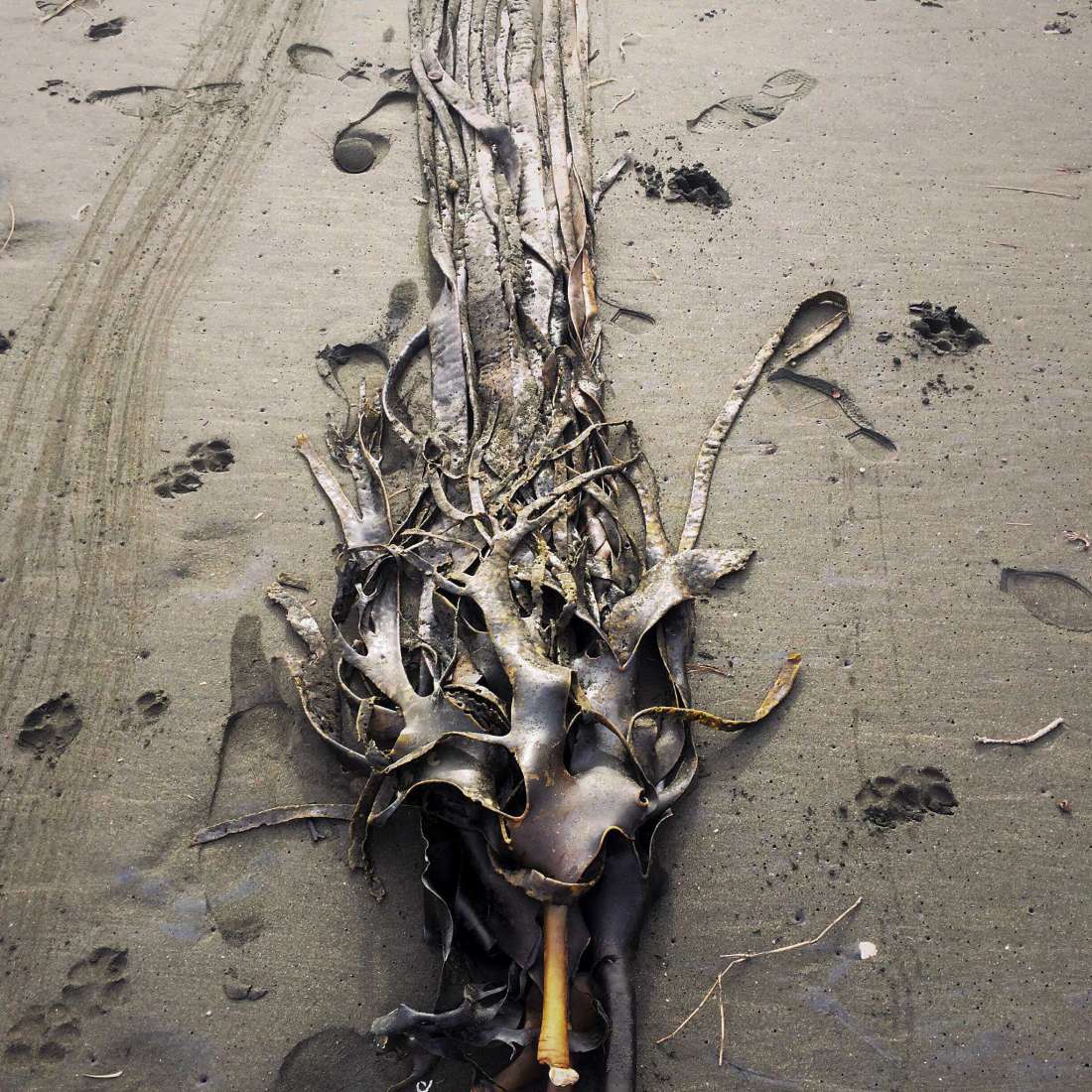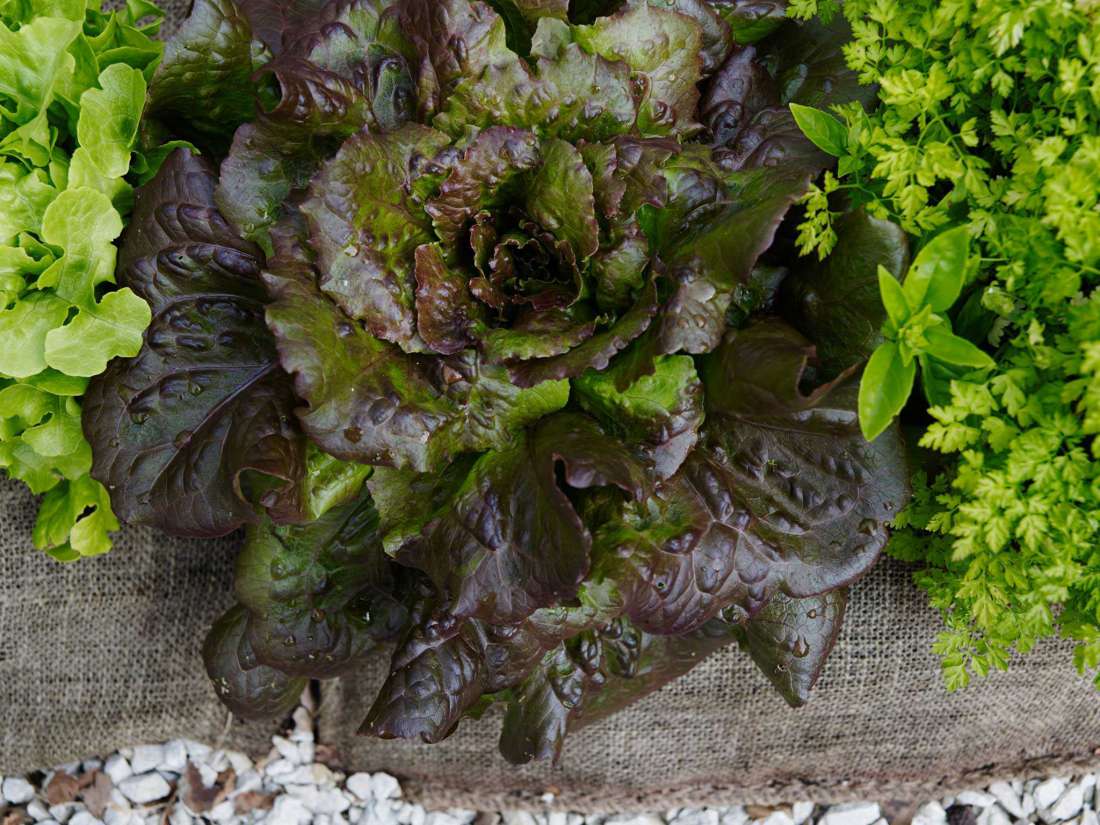Category — Features

Urban Garden Hacks
I’m still learning in the garden. I guess even the most experienced gardener will always be learning but I wouldn’t call myself an experienced gardener, rather a slightly obsessive advanced amateur.
My objective is to produce all of the vegetables aside from onions, carrots, potatoes and some of the fruit, that my family of four eats during the summer from my 380m2 central suburb urban farm. I’d like to increase the bounty so I can preserve some for the cooler months too. But really my urban farm #archhillfarm is a learning process, developing my knowledge for when I have some more space to spread my wings. Stone Soup will be a place that I document and think about that process, perhaps we can learn how to produce more of what we eat together. It doesn’t get more fresh or local or sustainable than literally at your doorstep.
Seaweed
As this is our summer issue and we’ve already talked about walking on beaches in search of seaweed, why not learn it’s many benefits in your garden as well as in Fiona Smith’s tomato sauce. In New Zealand most of us live within a short drive of the beach and seaweed is a fantastic means of getting nutrients into your garden as a byproduct of a Sunday afternoon walk morning if you prefer, but I’m allergic to Sunday mornings. They’re meant to be spent procrastinating. Call it Slow Gardening.
Kelp is the planet’s second fastest growing plant so there’s no shortage of the stuff but in the name of being good environmental stewards, just take some of what is most recently washed up, fresh, below the high tide line. It’s an important part of the beach ecosystem, so don’t go and plunder every last bit and leave the older dried bits above the high tide mark, that beach life has already moved in to feast on. And because there’s almost always an abundance of it lying on the beach, you should never take it living from the rocks unless you’re cutting just enough to take home to make Fiona’s sauce recipe.
Seaweed contains approximately 60 trace elements, growth hormones and nutrients, as well as fungal and disease preventatives. It can’t really be called a fertilizer as it has relatively low quantities of nitrogen and phosphorous but in addition to it’s nutrients, it helps to balance the soil and promotes healthy nitrogen fixing bacteria.
You can use seaweed in many ways to benefit your garden. Curl a length of it’s tentacles around the base of a fruit tree to slowly add nutrients to the soil through the season, add it to your compost pile, chop it (wet or hardened and dry) and scatter it over or dig it into your garden bed. Place pieces in the hole you prepare for seedlings to provide roots with slow release nutrients, add it to the compost in your growing bag/container and place it straight on the soil as part of a mulch.
But one thing you have to do, is make a seaweed tea.
Put a bunch of seaweed into a bucket, fill with rain water, cover with a lid and let it sit and steep and ferment for at least three weeks, preferably about eight. Easy!
Pour off your seaweed broth and refill the bucket to harvest more nutrients, or place the rotted seaweed around your fruit trees.
Mix one part of your seaweed enriched water with 10 to 20 parts water, depending on how strong you want the liquid fertilizer to be.
Seaweed compost tea can either be watered into the roots of plants or sprayed on leaves as a foliar tonic. In addition to supplying nutrients for leaves to absorb, seaweed tea sprayed or misted onto leaves inhibits pests, viruses and fungal problems.

Urban Garden Hacks
People often make the comment to me, “I’d love to grow some of my own food but my landlord won’t let me dig up the lawn” or “I don’t know how long I’ll be here so there’s no point”, but can we hack this state of affairs and find a way to tap into photosynthesis even if we don’t own our own place.
The easiest place to start with food production is salad greens and herbs. They are expensive to buy, quickly wither in your fridge and the bags they come in are pumped with gases to keep them fresh on the shelf. Whereas in the garden, they don’t require a lot of space or attention or gas to stay fresh and buying organic seedlings can establish an almost instant garden if left to go to seed one packet of seeds or tray of seedlings will provide you with a lifetime of salad and when you need thyme with those mushrooms in the fridge, or a mixed salad next to that piece of fish, a quick walk outside and it’s on tap. Spray free, crisp, fresh and at peak nutrition.
Containers are the obvious solution to the tenant or apartment gardener. And for perennials like herbs, why not invest in some terracotta pots? All of your income’s going to your landlord and the craft beer industry? How about getting a bit DIY, especially with salad greens, spinach, strawberries or even potatoes, and head to your local coffee roaster and ask nicely for a couple of the mountain of hessian bags sitting in the corner, that their coffee beans are shipped in. Alternatively you can sew a bag out of weed mat and if aesthetics don’t feature, you needn’t bother removing your compost from the plastic bag it comes in.
Hessian is biodegradable and will rot into the ground, will breath and drain. Fill the bag with organic compost from the garden centre or with the composted leaves you collected at the local park and a little seaweed fertilizer, sew the top with thick nylon or garden twine, then lay down, slice down the middle as if you’re gutting a fish, sew the cut loosely in long diagonal stitches to prevent it from spilling open but leaving space to sow your seeds or plant your seedlings. With weed mat you’ll have to shovel your growing material onto it and then fold and sew to achieve your bag/container.
The plastic bag is the easiest of the lot, poke a dozen evenly spaced holes in one side for drainage, flip it over and with scissors or a knife, cut it down the middle and then in the shape of a short stubby H cut across each end. You now have two flaps you can fold and tuck down into the sides, leaving an opening almost the size of your bag to sow seeds (you’ll need to save some compost to cover the seeds once you’ve sown them) or plant seedlings herbs, lettuce, rocket/arugula, mesclun, spinach… all of the above? Once you’ve done so, give the soil a good watering and keep moist until germination, you’re on your way to urban abundance.
Another idea is to up-cycle some plastic drink bottles. Cut the bottom out and with a small knife cut a small hole in the lid for drainage, fill with compost, strap one above the other to a downpipe or to a fence post, cut a small hole in each to allow you to plant a seedling into the side of each bottle. Leave the top bottle empty to act as a funnel for watering. The water will drip through the tower of bottles watering your whole vertical garden. There are a lot of clips illustrating this on youtube.
Once you’ve mastered one of these simple hacks, and acquired a taste for the homegrown hopefully you’ll have caught the bug you can graduate to growing tomatoes or potatoes in bags as well. Or try your landlord again. Just promise to leave the lawn as you found it, levelled and replanted in not so tasty grass.